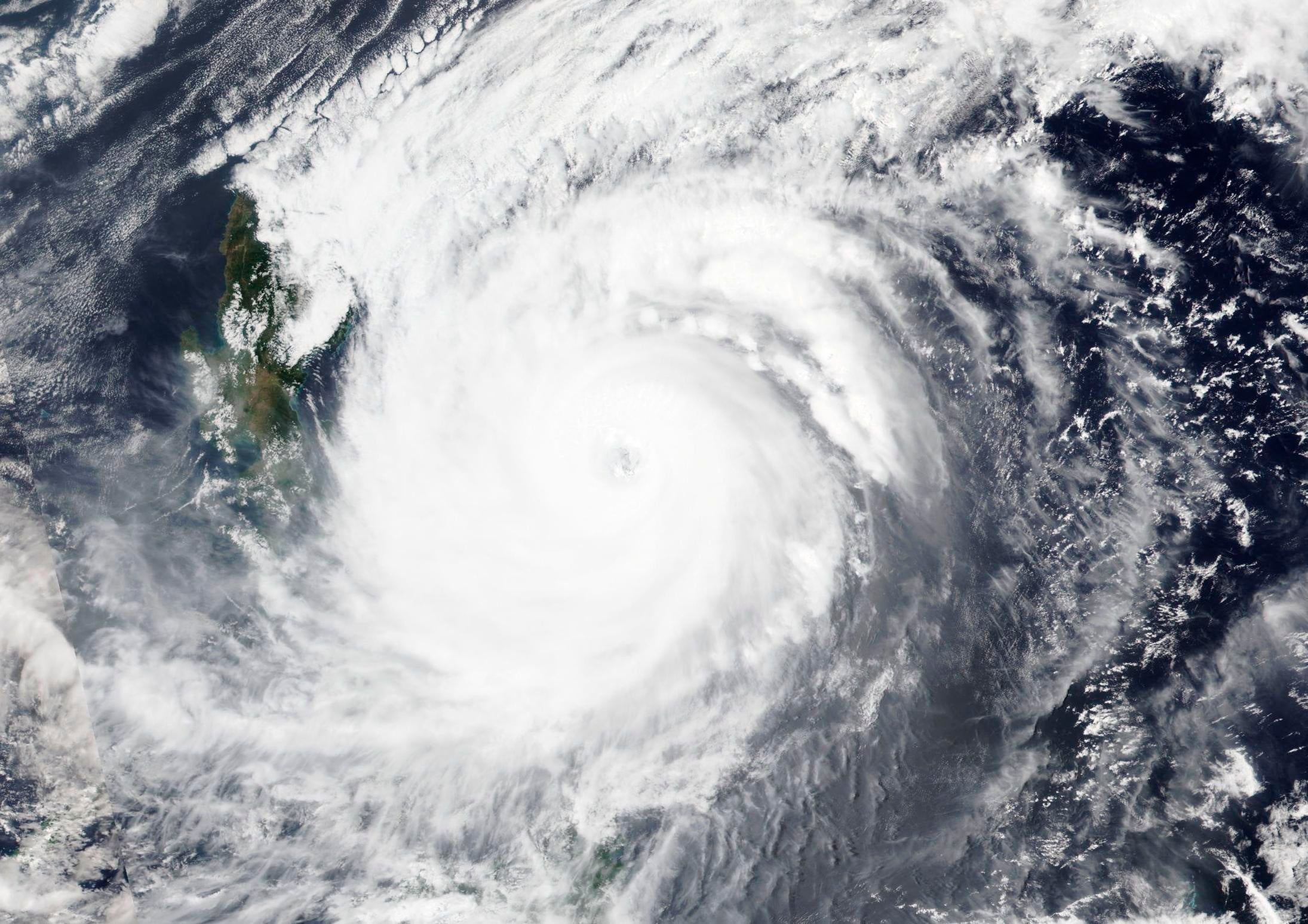1 dead, 100,000 displaced as typhoon blows near Philippines
An approaching typhoon has left one person dead, another missing and prompted the evacuation of more than 100,000 people as a precaution in the Philippines, although the unusual summer storm is not expected to blow into land

Your support helps us to tell the story
From reproductive rights to climate change to Big Tech, The Independent is on the ground when the story is developing. Whether it's investigating the financials of Elon Musk's pro-Trump PAC or producing our latest documentary, 'The A Word', which shines a light on the American women fighting for reproductive rights, we know how important it is to parse out the facts from the messaging.
At such a critical moment in US history, we need reporters on the ground. Your donation allows us to keep sending journalists to speak to both sides of the story.
The Independent is trusted by Americans across the entire political spectrum. And unlike many other quality news outlets, we choose not to lock Americans out of our reporting and analysis with paywalls. We believe quality journalism should be available to everyone, paid for by those who can afford it.
Your support makes all the difference.An approaching typhoon has left at least one person dead, another missing and prompted the evacuation of more than 100,000 people as a precaution in the eastern and central Philippines, although the unusual summer storm is not expected to blow into land, officials said Monday.
Typhoon Surigae was about 500 kilometers (310 miles) east of Infanta town in Quezon province on Monday afternoon with sustained winds of 195 kilometers (121 miles) per hour and gusts of up to 240 kph (149 mph). It is forecast to slowly move northwestward and then veer eastward away from the northern Philippines around Thursday.
Vicente Malano, administrator of the government weather agency, said a high pressure area extending from China to Japan was blocking the typhoon from blowing inland.
“We’re lucky it’s not going to make landfall because if it hits land, it’s really going to be super devastating,” said Ariel Rojas from the weather agency.
The typhoon’s 900-kilometer (560-mile) band of rainclouds and strong winds nevertheless flooded at least 22 villages and caused power outages in four provinces. More than 3,200 people and 43 ferries and cargo ships were stranded in seaports after the coast guard suspended sea travel as the typhoon blew nearer, the government disaster-response agency and the coast guard said.
A 79-year-old man died in St. Bernard town in Southern Leyte province after being hit by a falling coconut tree, the Office of Civil Defense said. Another villager in San Jose town in Northern Samar province was missing after he went to a nearby island in a motorboat to secure his farm animals, it said.
More than 29,300 families or 109,000 people were evacuated to emergency shelters as a precaution in five eastern provinces in the Bicol region, it said. Mayors said they have to open more evacuation centers to ensure social distancing during the pandemic.
“It’s really tough, it’s toxic, but we have no choice,” Mayor Ann Gemma Ongjoco of Guinobatan town in Albay province said by telephone. She said even churches were being used to shelter more than 6,100 villagers in her town, including many from communities threatened by mudflows from Mayon one of the most active volcanoes in the archipelago.
The Philippines is a coronavirus hotspot in Southeast Asia, with health officials reporting 945,745 infections and 16,048 deaths.
About 20 typhoons and storms lash the Philippines each year. It also sits in the so-called Pacific “Ring of Fire,” a seismically sensitive region often hit by earthquakes and volcanic eruptions, making the impoverished nation one of the world’s most disaster-prone countries.